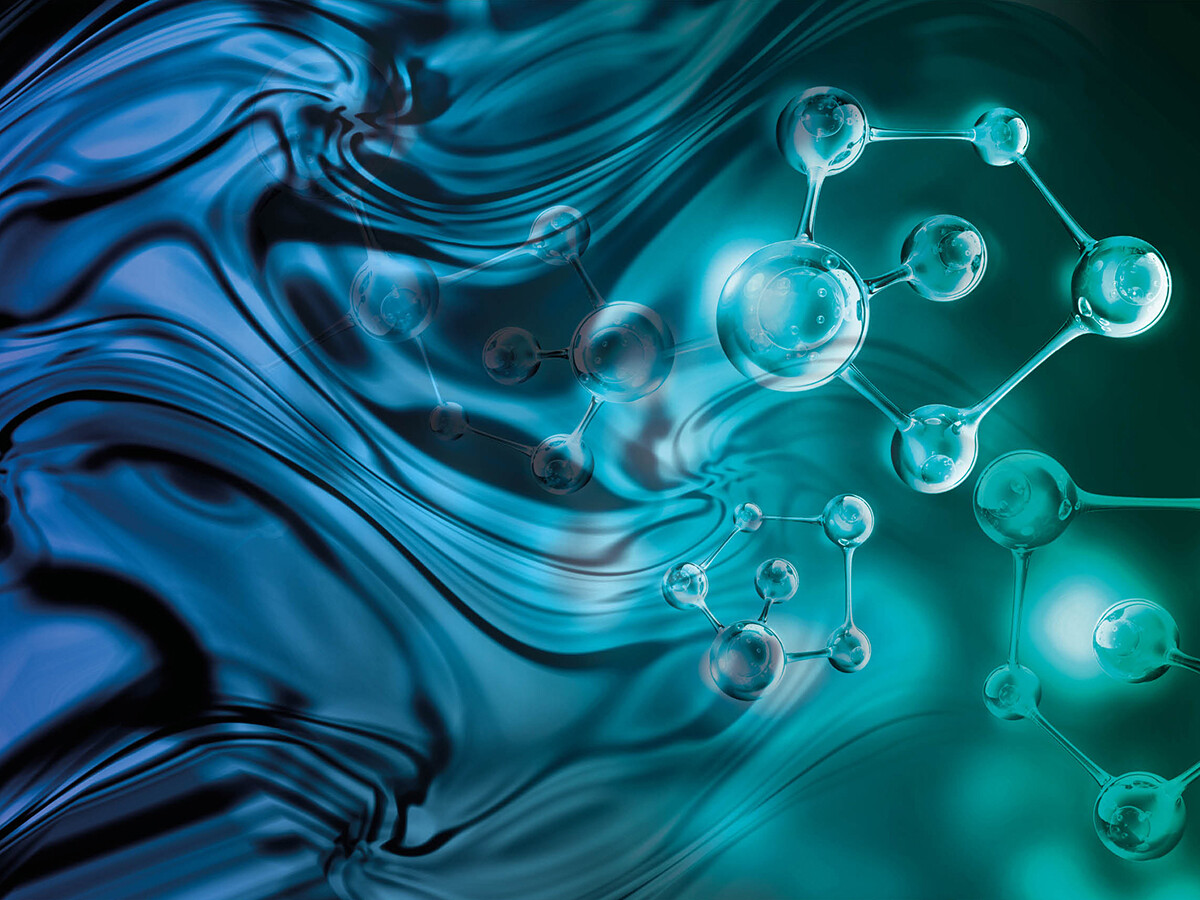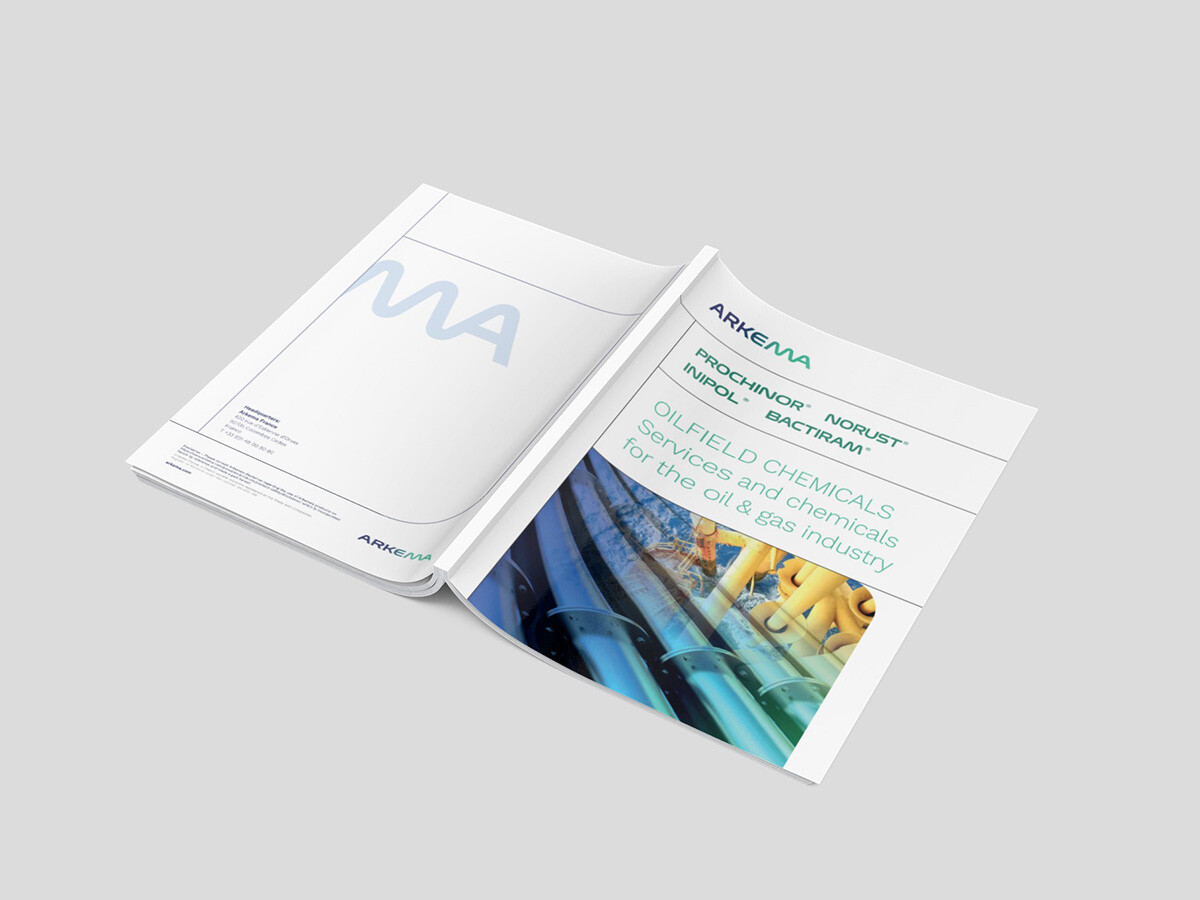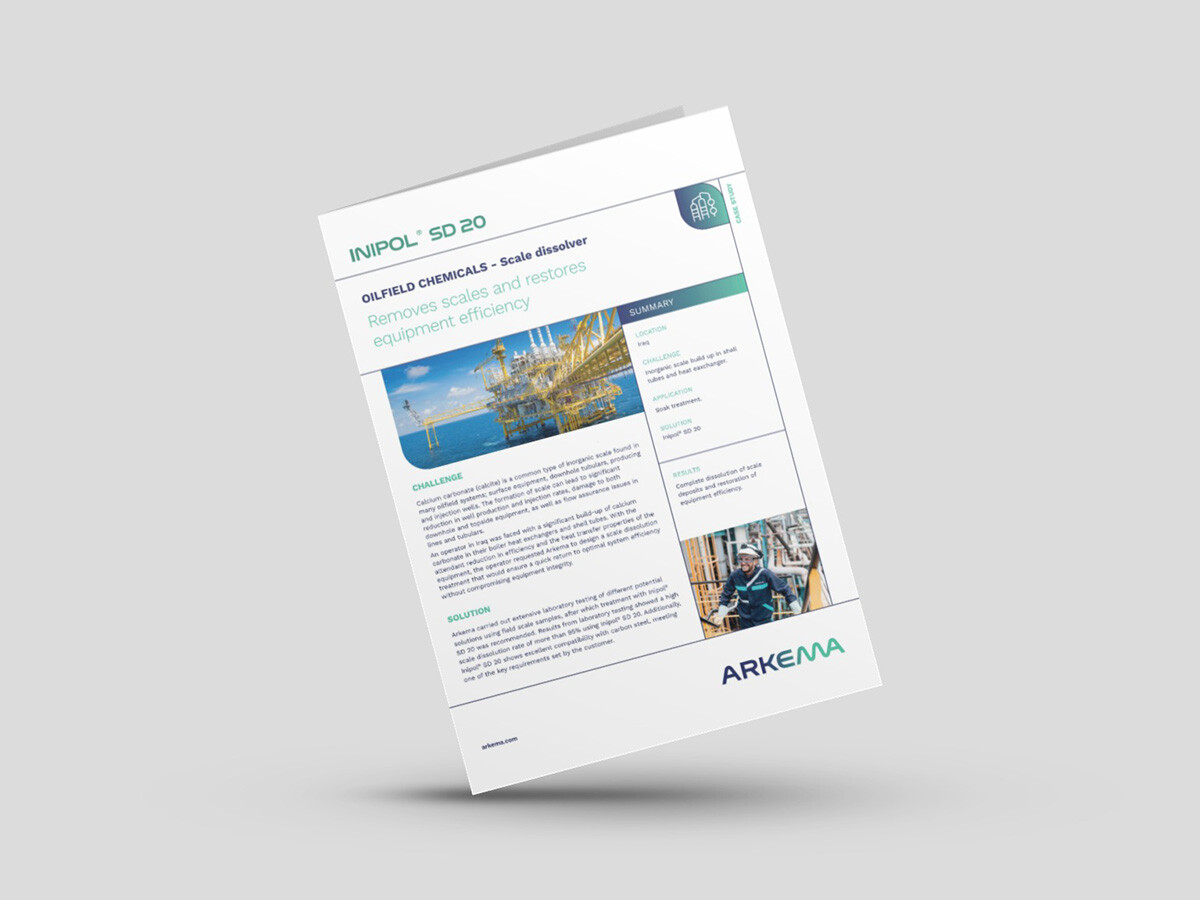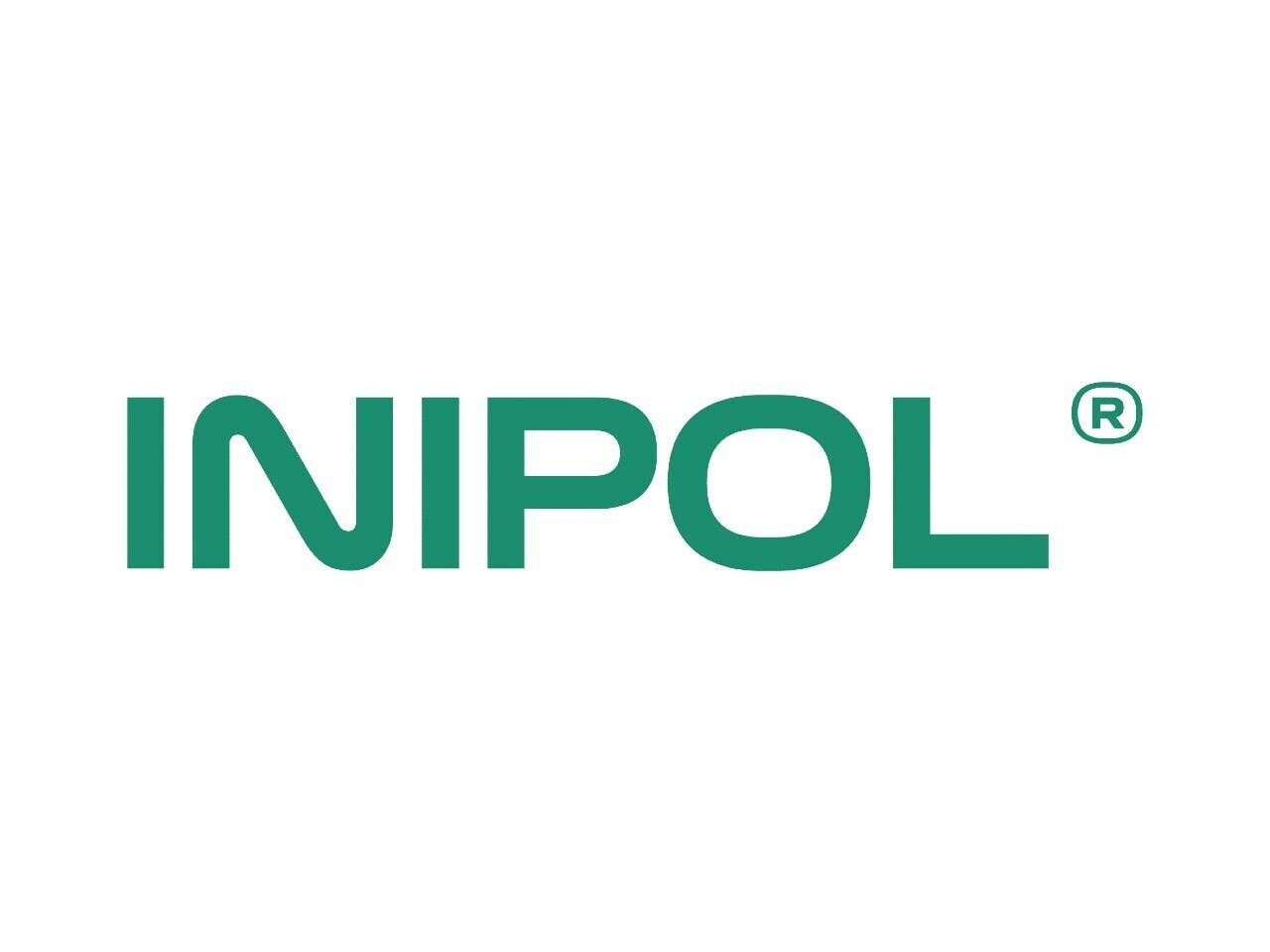Hydrate Inhibitors Applications and our Product Range Benefits
Two types of hydrate inhibitors are available to prevent the plugging hazards related to hydrates formation:
- Thermodynamic hydrates inhibitors (THI) shift the equilibrium curve of hydrate formation to lower temperatures.
- Low-dosage hydrate (LDHI) can delay hydrate crystal growth (kinetic hydrate inhibitors, KHI) or prevent the agglomeration of hydrate crystals (anti-agglomerates, AA)
Low-dosage hydrate inhibitors work at 1-3% by weight concerning the water phase, while thermodynamic hydrate inhibitor dosages can go up to 30-60 % concerning the water phase. Considering those dosage levels, the advantage of LDHI in decreasing operational and capital expenditure related to manipulating high volumes of THI is clear.
Arkema offers a range of hydrate inhibitors developed in its research facilities that have been classified as best in class in many third-party labs worldwide.
Arkema offers a range of hydrate inhibitors developed in its research facilities that have been classified as best in class in many third-party labs worldwide.
Discover the Benefits and Applications
Benefits
- Improved environmental profile
- Effective at low dose rates
- Minimal footprint in the field, enhanced logistics
Applications
- Offshore and onshore applications
- Kinetic inhibitors and anti-agglomerants
- Mixed hydrocarbon streams
More information about this range: Hydrate Inhibitors

Inipol® AH
Gas hydrates in oil and gas production result from the occurrence of natural gas and water in a production installation operating at high pressure and low temperature.
Deepwater developments are usually at risk during normal operation conditions but in particular during start-up. Pipelines transporting gas in cold climate regions could also be affected and require a prevention strategy too



